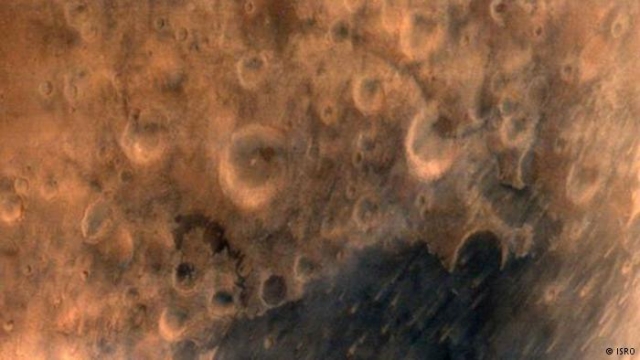Work stalls on Mars One robotic missions
Mars One, the company that just this week announced the 100 finalists in its competition to send 24 people on a one-way trip to Mars, has quietly suspended all work on two robotic missions heralded as precursors to that manned mission.
These facts just add weight to my conviction that the Mars One competition is at the moment nothing more than a reality television show. It is a cool idea for a television show, but journalists should stop selling it as anything more than that.
Mars One, the company that just this week announced the 100 finalists in its competition to send 24 people on a one-way trip to Mars, has quietly suspended all work on two robotic missions heralded as precursors to that manned mission.
These facts just add weight to my conviction that the Mars One competition is at the moment nothing more than a reality television show. It is a cool idea for a television show, but journalists should stop selling it as anything more than that.

